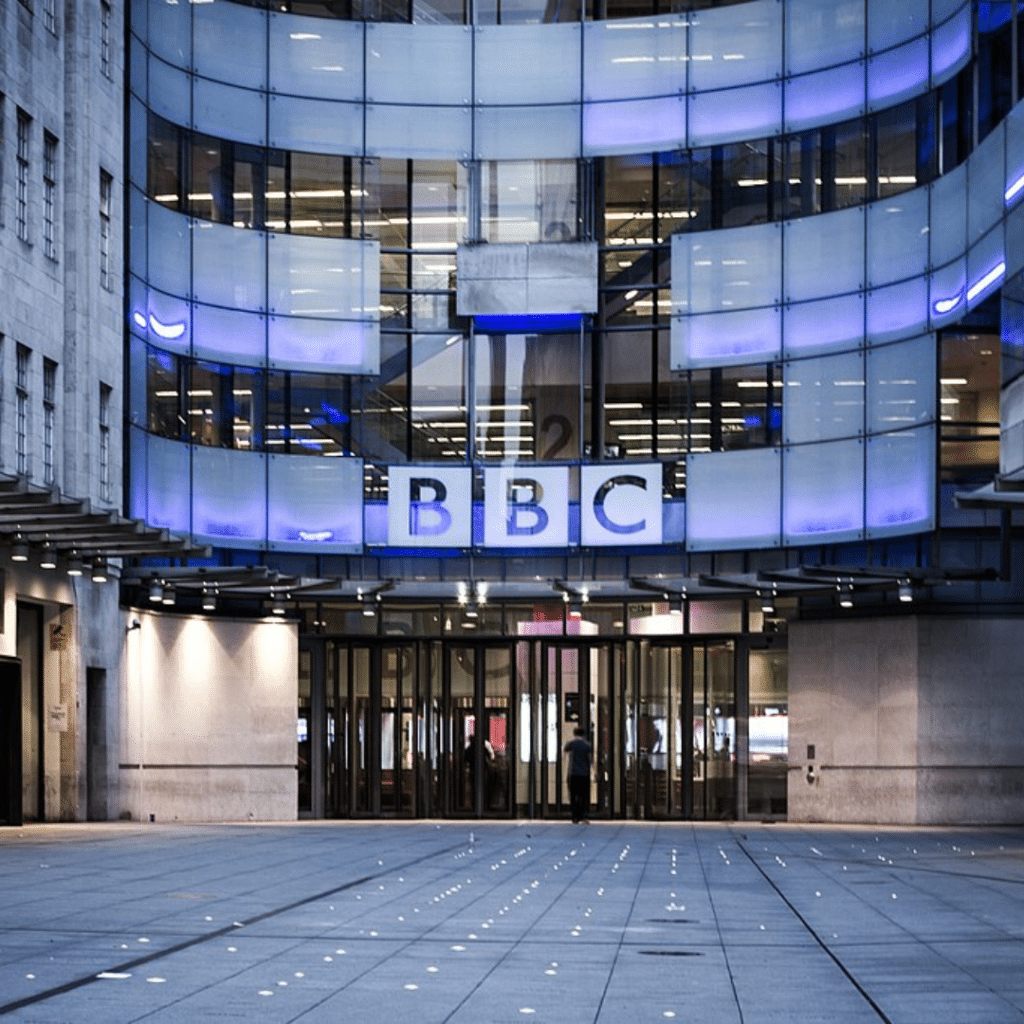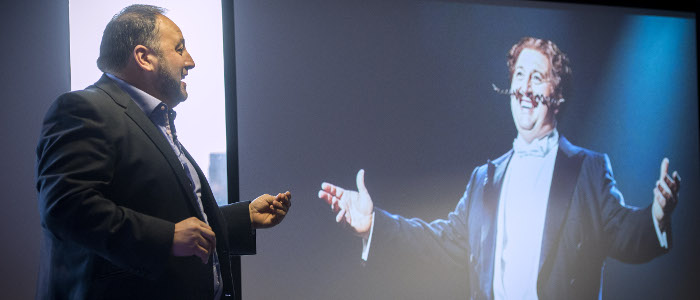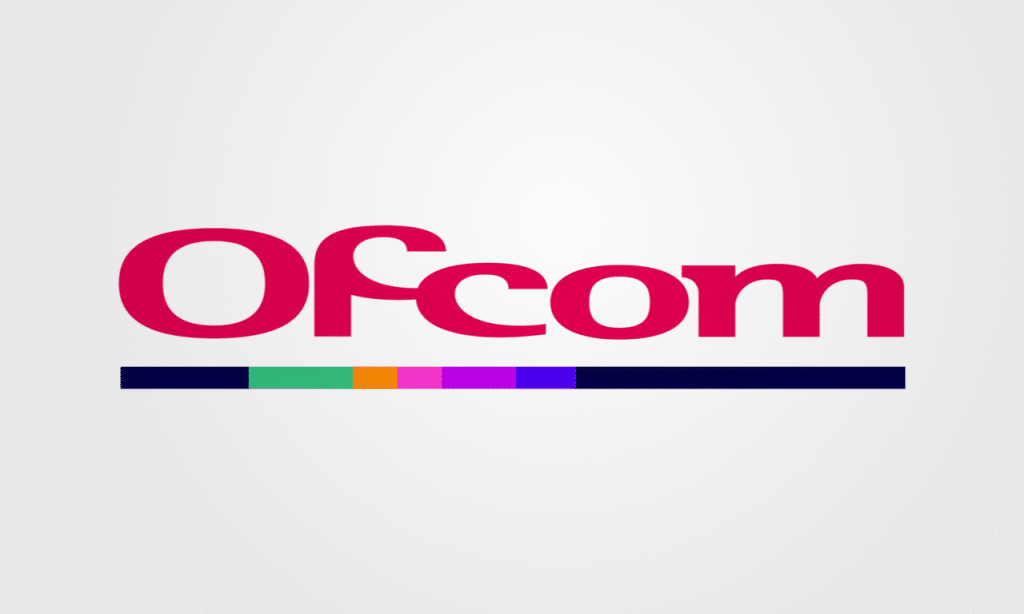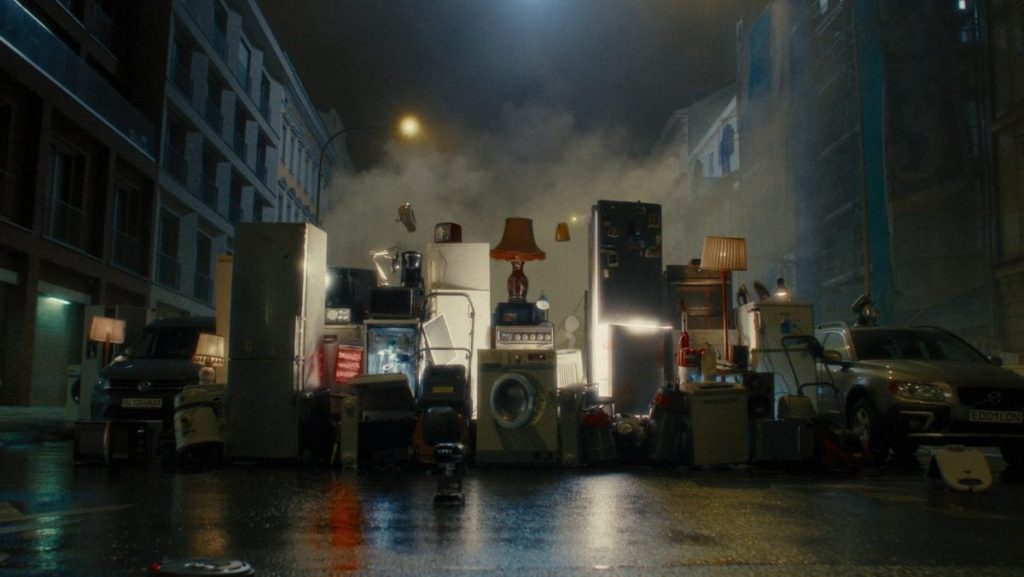
‘Tuning In Cardiff’ explores trust, creativity and the future of listening

Advertisers, media agency staff and representatives from stations across Wales and the South West gathered at The St David’s Hotel in Cardiff to hear the latest trends in radio and how the medium is evolving.
 Tuning In Cardiff, organised by industry body Radiocentre, highlighted the medium’s recent successes. Radio achieved a record number of listeners and record advertising revenues across the UK in 2017 and is on course for another successful year in 2018.
Tuning In Cardiff, organised by industry body Radiocentre, highlighted the medium’s recent successes. Radio achieved a record number of listeners and record advertising revenues across the UK in 2017 and is on course for another successful year in 2018.
Speakers looked ahead to how commercial radio will reap the benefits of new technology and increased advertising revenues. They examined the theme of trust, with Radiocentre’s Director of External Affairs Matt Payton sharing new research showing that radio is the most trusted source of local and national news through the day. Radiocentre’s Chief Executive Siobhan Kenny chaired the event and updated the packed room on a hugely successful 2017 for commercial radio and Radiocentre’s ongoing efforts to work with regulators on reforming Ts&Cs in radio ads.
 Opening the conference, opera singer Wynne Evans who plays Gio Compario, the moustachioed tenor from Go Compare’s advertising campaign, entertained the audience with some wry stories and sharp insights into his career in advertising and radio. He said that Go Compare’s famous jingle allowed it to get great value for money from radio ads. Listeners immediately recognise the jingle and associate it with the brand, allowing ads to be short and succinct. This helps the brand get its message across in radio ads while maximising media spend.
Opening the conference, opera singer Wynne Evans who plays Gio Compario, the moustachioed tenor from Go Compare’s advertising campaign, entertained the audience with some wry stories and sharp insights into his career in advertising and radio. He said that Go Compare’s famous jingle allowed it to get great value for money from radio ads. Listeners immediately recognise the jingle and associate it with the brand, allowing ads to be short and succinct. This helps the brand get its message across in radio ads while maximising media spend.
Tom Stevens, Radiocentre’s head of marketing, told the conference that this “familiarity principle” meant brands should use familiar “sonic logos” or short audio branding to boost the effectiveness of their radio ads. “Radio ads that use consistent music, sounds and voices to create a familiar tone tend to perform strongly. Using familiar voices, straplines and sonic logos in advertising is really effective,” he said.
The conference heard that radio advertising offers powerful ways for brands to connect with consumers. Radiocentre Client Director Lucy Barrett added that while radio accounts for 22% of the time users spend each day on media, it only receives 3% of brand advertising spend making it a cost efficient way to reach a mass audience. She shared Radiocentre’s award winning campaign “See Radio Differently”, aimed at persuading marketers to reassess the medium’s possibilities and increase radio ad budgets. She also explained the value of using emotional advertising instead of rational messages to move consumers.
 Methods of creating stunning radio experiences were also explored by Simon Forster, regional creative director at Global. He gave a fascinating talk about “binaural” technology, which creates a three-dimensional soundscape for listeners. He said radio listeners were set to benefit from this technology, which could be used to improve the experience of listening to music, programmes and ads through listening via connected devices. “We are entering a golden age of radio where 3D and dynamic sounds give us the opportunity to create truly extraordinary content, creating a narrative and telling a story,” he said. “As the digital audio industry continues to boom, radio is also evolving, becoming more innovative and progressive.”
Methods of creating stunning radio experiences were also explored by Simon Forster, regional creative director at Global. He gave a fascinating talk about “binaural” technology, which creates a three-dimensional soundscape for listeners. He said radio listeners were set to benefit from this technology, which could be used to improve the experience of listening to music, programmes and ads through listening via connected devices. “We are entering a golden age of radio where 3D and dynamic sounds give us the opportunity to create truly extraordinary content, creating a narrative and telling a story,” he said. “As the digital audio industry continues to boom, radio is also evolving, becoming more innovative and progressive.”
 Meanwhile, the increasing popularity of voice-activated speakers such as Amazon Echo and Google Home offers a huge opportunity for radio, said Michael Hill, managing director of Radioplayer, a collaboration created jointly by the BBC and commercial radio to make listening on connected devices easier. Radiocentre’s planning director Mark Barber revealed joint research between Global, Radioplayer and Radiocentre showing that 77% of respondents use these devices to listen to radio, which is the most widely accessed form of entertainment on the device. Half of daily users have heard advertising through the devices.
Meanwhile, the increasing popularity of voice-activated speakers such as Amazon Echo and Google Home offers a huge opportunity for radio, said Michael Hill, managing director of Radioplayer, a collaboration created jointly by the BBC and commercial radio to make listening on connected devices easier. Radiocentre’s planning director Mark Barber revealed joint research between Global, Radioplayer and Radiocentre showing that 77% of respondents use these devices to listen to radio, which is the most widely accessed form of entertainment on the device. Half of daily users have heard advertising through the devices.
Barber highlighted that pre-Christmas, 14% of UK households owned one or more of the speakers. The research predicted household penetration of the devices could reach 40% by the end of 2018. “Audio entertainment is the perfect accompaniment for multitasking, which is good news for advertisers, offering more ears to listen to their messages,” he said. He predicted that voice-activated speakers would boost radio listening and create a great opportunity for advertisers.
The audience were left in no doubt that radio’s reach, time spent listening and ad revenues will perform strongly again this year and that the coming years will be a golden era for commercial radio.



